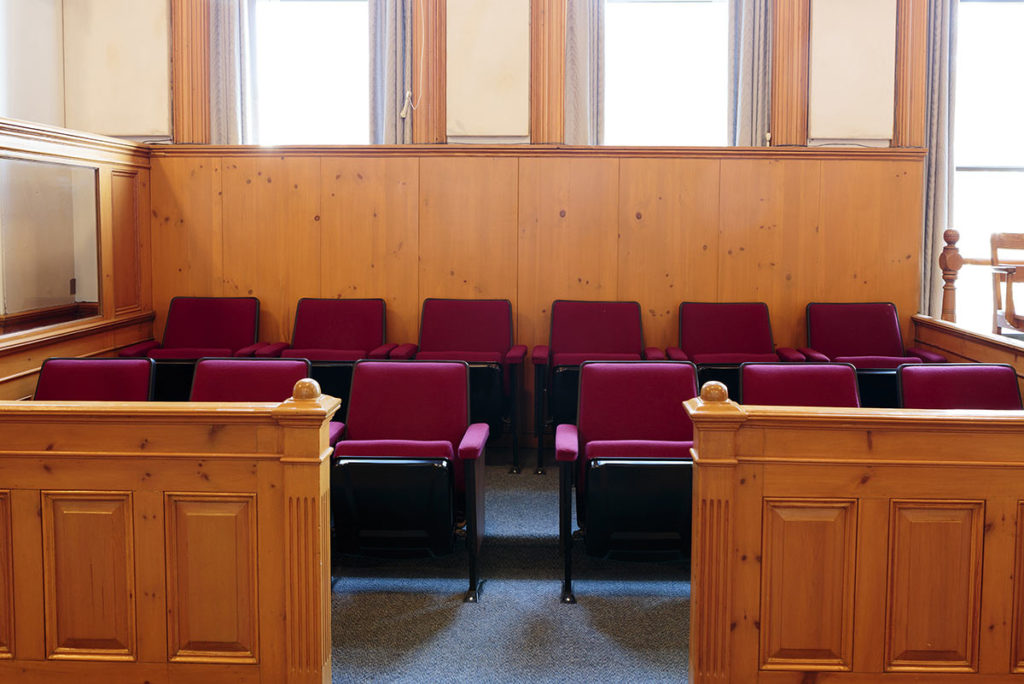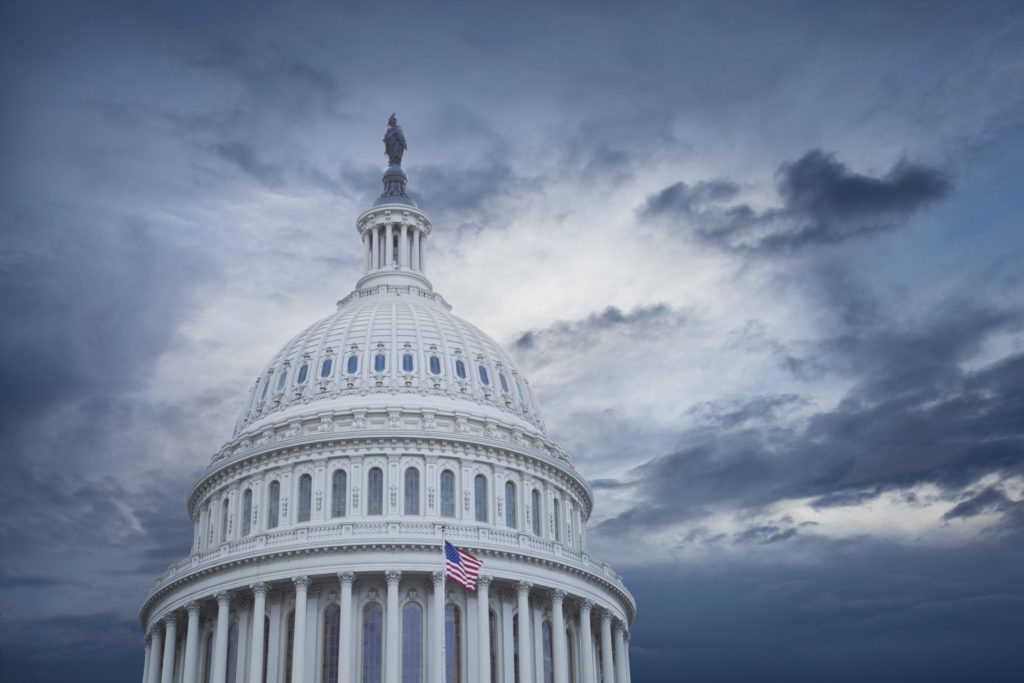Congress and the Judiciary: The top 3 takeaways from a discussion on what the House and Senate can do to fix the courts
On May 14 the Legislative Branch Capacity Working Group and the American Institutions Network launched a panel discussion to answer the question: What can the House and Senate do to fix the courts? The four panel participants—Gabe Roth, Executive Director of Fix the Court; Anthony Marcum, Judicial Research Associate at the R Street Institute; Dylan Hedtler-Gaudette, External Affairs Associate at the Project on Government Oversight; and Tara Leigh Grove, Professor of Law at William & Mary Law School—discussed everything from the health of the court to the constitutionality of proposed reforms. Here are the top three takeaways.
It is a perilous time for the Supreme Court. Long considered the most stable and admired branch of the federal government, the Supreme Court’s standing has come under increased scrutiny over the past decade. The increased politicization of the Senate’s confirmation process, far-reaching court reforms becoming pillars of presidential campaigns and calls to ‘balance the court’ have forced the Court into a “legitimacy dilemma.” Panelist Tara Grove stated that in light of this dilemma, as both Congress and the public lose trust in the judiciary, the Court has two options: The first is for the Court to be fully engulfed by the political system, becoming “a political football.” A Supreme Court in this situation would perhaps become more susceptible to the whims of the political branches of government. The second option is for the Supreme Court to attempt to win back public trust by favoring public legitimacy over legal legitimacy. In this situation, the Court would move on cases in an attempt to keep its independence by changing its views to ward off potential political attacks.
A change to the structure of the Supreme Court cannot be accomplished without an accompanying institutional change to the Senate. Is that a cost the Senate is willing to pay? As panelist Dylan Hedtler-Gaudette emphasized throughout the discussion, the current political popularity of an attempt to expand the number of justices on the Supreme Court would not get the votes needed to pass under current Senate procedural precedent. This leads to the presumption that if such a bill were to come up for consideration on the Senate floor, the leader would have to go nuclear and eradicate the legislative filibuster. Hedtler-Gaudette summarized, “I don’t think any of us would disagree that [going nuclear] would undermine the Senate as an institution in the effort to undermine the judiciary as an institution.”
Similarly, the panel discussed how Congress’ pursuit of legislation to place term limits on judges (both on the Supreme Court and lower courts) would alter the Senate as an institution by greatly increasing the volume of confirmation hearings. Such a change would further burden the Senate’s session calendar with non-legislative items.
The panelists highlight, however, that there are proposals to increase court accountability that would not impose such high burdens on the Senate and congressional precedent. For example, they discuss the recommendations that Congress consider a code of conduct, the establishment of a judicial inspector general and the employment of additional transparency tools such as video cameras in the courtroom. Panelist Gabe Roth emphasized the need for Congress’ consideration of such proposals as an answer to increased public pressure on the Court: “Justices left to their own devices aren’t all of a sudden going to change their tune” regarding personal interests and gains from their position on the Court. “Public pressure…can help counteract some of that lack of legitimacy that we are concerned about with justices’ lack of decisional independence,” he added.
Regulation of the Supreme Court by Congress raises difficult constitutional questions. As panelist Tara Leigh Grove explained, it is unclear how much authority Congress has to regulate the Supreme Court “writ broad.” And this is the question all of Congress should be most concerned about. There are powers enumerated under the Constitution’s necessary and proper clause, but with no direct mention of the Supreme Court. Grove discussed how the Constitution does not define the limits of those powers. Even if Congress were to enact regulations of the Court, it cannot be assumed that the Court would necessarily uphold them. Additionally, with some proposals, the legality of Congress’ involvement would be greatly questioned. These include the imposition of term limits for justices by statute, an act that would set a new precedent regarding the legislature’s authority to force justices to leave the bench.
Discussions regarding the Court’s legitimacy, independence and lack of political polarization will continue to gain traction, particularly following the end of the Court’s term and as we turn toward the 2020 election. Although Congress has the responsibility to act as a check on the other branches, the House and Senate should recognize their duty to defend the judiciary as an institution. The ideas presented by this panel are essential to Congress’ deliberation on this topic.
To view the full discussion, visit the events page at LegBranch.org, or access the livestreamed video on R Street’s twitter @RSI. More resources on these topics can be found at https://www.rstreet.org/issue/governance/, https://www.pogo.org and https://fixthecourt.com.








